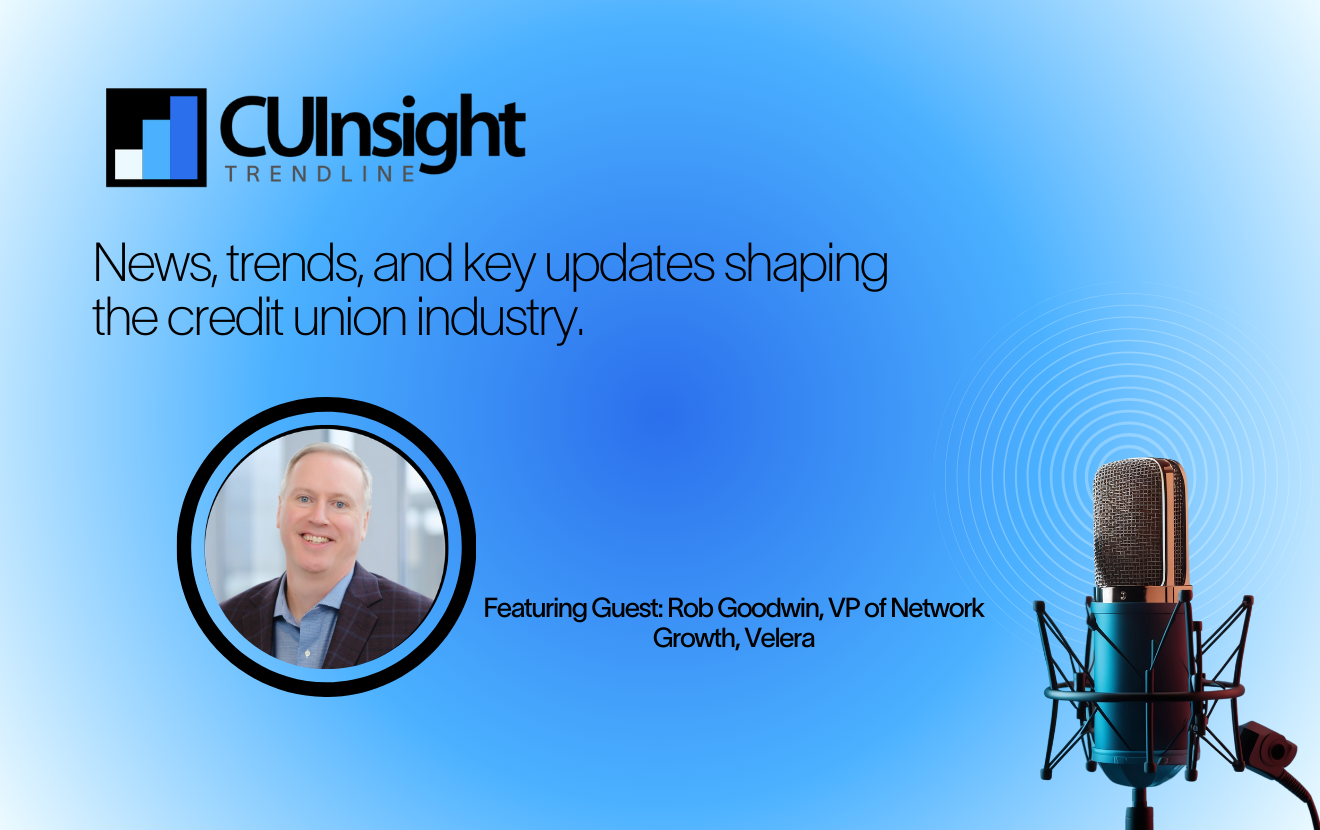Recently, in a conversation with senior credit union leaders about their strategic focus, the topic of Gen Z in the workplace came up . . . and it wasn’t a pretty discussion. Complaint after complaint surfaced about how Gen Zers aren’t professional enough, don’t have basic people skills, want to be hired as managers without doing their time, don’t want to put in extra hours to get the work done, etc.
As a (senior) middle-ager, myself, I lamented the frustrations and challenges along with everyone else. But then it dawned on me, “What choice do we have?” We can sit here and wallow in despair or we can accept that we need Gen Z employees if our credit unions are to survive in the future. Further and better yet, if we can crack this conundrum that Gen Z workers present, we will position our credit unions to thrive big-time in the future!
Starting today, all credit union leaders (not just HR execs) need to address this challenge—get past the frustrations and seize the opportunity to attract Gen Z employees and transform your culture so they will excel in it. Dream of an environment where you’re specifically attracting Gen Z workers and they’re recruiting their friends to work at your credit union. An environment where you’re standing out in your markets because of the heavy influence Gen Z has had on your culture and performance.
“We’d all agree we’re not working in a ‘business as usual’ operating environment anymore,” says Jillian Reilly, author of The Ten Permissions: Redefining the Rules of Adulting in the 21st Century. “Today’s business emphasis should be on creativity, innovation, and unique problem solving. Fresh perspectives are gold in this environment. ‘Youth’ is an asset not a liability!”
Reilly goes on to say that a leader’s job in today’s world of work is not to hold onto the way business has always been done, but to create a new, unique way forward. Intergenerational fights, she says, hold you back because you’re never getting the best out of everyone to create that way forward, resulting in a credit union being mired in place with their ability to remain relevant eroded.
Gen Z possesses a distinctly different set of attributes and values that are upending traditional cultural paradigms, forcing forward-thinking organizations to re-think their performance environment. It’s true in credit unions as well as most other industries. What made cultures successful in the past may not be what makes them optimally successful with Gen Z today and in the near future. Following are two vital areas to target to initiate the process of transforming your credit union culture to leverage the potentially great opportunity that Gen Z presents:
Learning and growth
Reilly says, “Younger employees want to work for companies with dynamic leaders who acknowledge them at a human, individual level. They’re seeking rich learning environments where they’ve got space and authority to make their unique contribution to growing the business.”
In order to provide that rich environment, provide various ways to foster the learning—technology is certainly one so Gen Z can learn and grow independently but they also value human interaction so allowing for community learning, job shadowing, and mentoring are important. These learning programs have an added benefit of improving the intergenerational challenge Reilly noted above because Gen Z would be forging partnerships with employees of various ages and experiences across the credit union.
Also, allow Gen Z to learn and develop at their own pace, not a pace that’s been pre-established and based on the pace of previous employees. Many Gen Zers want to learn at a faster speed than an organization’s trainers may be used to delivering. Those employees may become so frustrated by a laborious and regimented pace of learning that they leave for another organization that accepts their preference for speed and provides the desired flexibility.
Don’t forget that baking learning, growth, and personal development efforts into your core values is a great way to attract and retain Gen Z workers. They are seeking organizations that will actively invest in them so, when they find one, they’re loyalty will be maxed-out and they’ll readily brag about you to family, friends, and communities.
Managing and coaching
Because Gen Z has some distinct characteristics they are often perceived as hard to manage. A common complaint expressed by leaders we interact with—executives and managers, alike—is that their new Gen Z employee is so challenging to lead and coach. And while the leader tries to personalize coaching to all direct reports, how to personalize to their Gen Z staff requires added attention and effort.
“Young leaders want to work differently,” says Reilly. “They value autonomy, flexibility, and creativity in a way that most leaders never have. Which can feel like a challenge to your authority and worldview. But it doesn’t need to be if you treat their perspectives and inputs as drivers of growth and change. If you give yourself permission to let go of outdated practices that are potentially holding you back and putting you on a path to irrelevance.”
Some nuanced practices that’ll position leaders better to make a connection with Gen Z staff include relying as much as possible on face-to-face communication and minimize electronic communication. As noted above, Gen Z likes the human touch more than most older workers. Also, make that communication consistent by having frequent coaching interactions; be direct with your communication, tell it like it is; and emphasize your desire for two-way communication where the employee is telling you more than you’re telling them.
Like “learning and growing”, remember that Gen Z, more than most other workers, wants you to coach and develop the entire person, not just the worker. They value and expect a holistic approach to development. Don’t just focus on the enhancements that’ll make them more productive and successful at work, focus equally on what’ll make them a more productive and successful person away from work.
You could look at this list and say that all generations would like to experience each component, and, to a large extent, you’d be right. The difference, however, is that Gen Z expects these things from day #1. Don’t expect them to conform to your culture; modify your culture to attract them and position them to thrive.
“In a disruptive environment young people are gold,” Reilly says. “They’re your scouts and sense-makers in a world where the value shouldn’t be on what’s always been, but what’s becoming. Truth is, Gen Z is often better placed to see that.”
For the first time, there are more Gen Zers in the workforce than Baby Boomers and, of course, that trend is going to continue with each passing year. The impact of Gen Z on the transformation and ultimate success of businesses is going to become more and more profound and extensive. They will be bringing fresh, new perspectives on how work should be completed and cultures experienced. The culture of yesterday likely isn’t going to be your culture of tomorrow.
The credit unions that acknowledge the uniqueness of Gen Z and accept the challenges they present will be the credit unions that create new dynamic cultures that’ll position them to seize this opportunity, stand out from competitors and thrive long into the future. As Reilly said above, “Youth is an asset, not a liability!” Get every leader at your credit union embracing this mindset and perspective and get ready for your credit union to thrive and grow at levels you’ve thought unrealistic before.
If you’re ready tackle the opportunity that Gen Z workers present and position your culture to thrive, our consultants are ready to help. Let’s talk at www.fi-strategies.com/contact-us or message us on LinkedIn.







